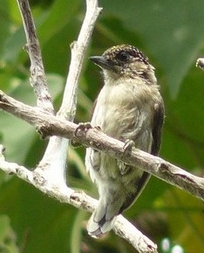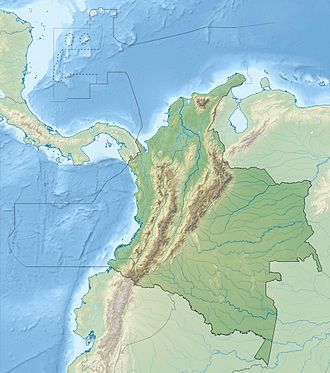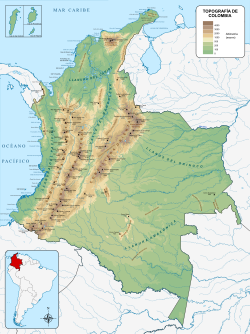| Laguna de Sonso | |
|---|---|
 | |
| Location | Valle del Cauca, Colombia |
| Nearest city | Buga |
| Coordinates | 3°52′12″N76°2′13″W / 3.87000°N 76.03694°W |
| Area | 2,045 ha (7.90 sq mi) |
| Established | 1978 |
| Governing body | CVC |
| Official name | Complejo de Humedales del Alto Rio Cauca Asociado a la Laguna de Sonso |
| Designated | 14 February 2017 |
| Reference no. | 2403 [1] |


The Laguna de Sonso Nature Reserve is located in the Valle del Cauca Department of Colombia. It contains the last extensive remnant of original natural wetland remaining in the Cauca River Valley in western Colombia, and was declared a nature reserve in October 1978. It comprises a series of marshes and lagoons on the east bank of the Cauca River, between the municipalities of Buga, Yotoco and Guacari. It has an area of 2,045 ha (7.90 sq mi), lying at an altitude of 935 m (3,068 ft). The wetlands are affected by the introduced water hyacinth. The reserve has been designated as a protected Ramsar site since 2017. [1]


